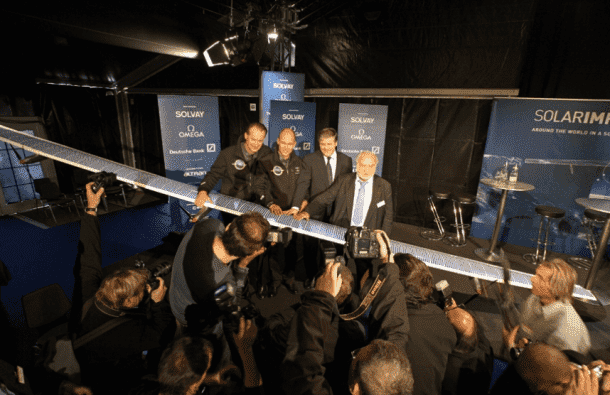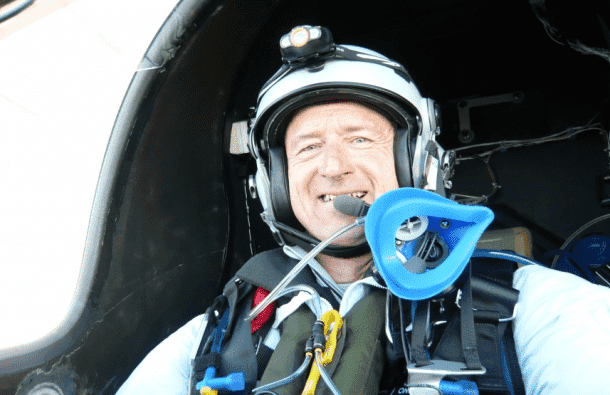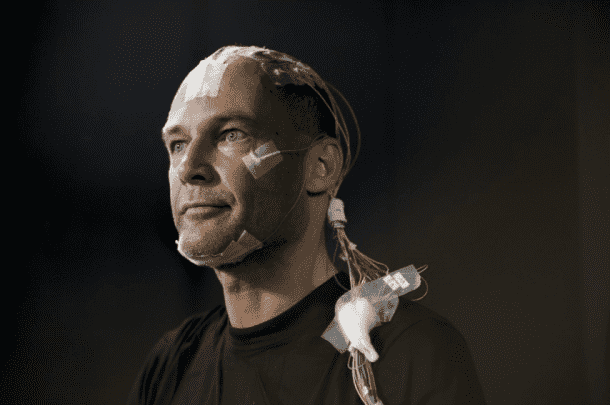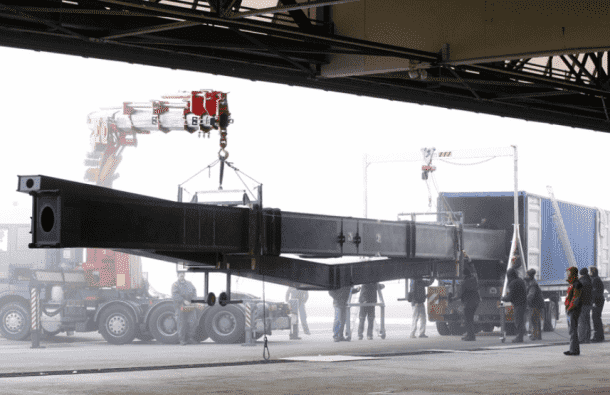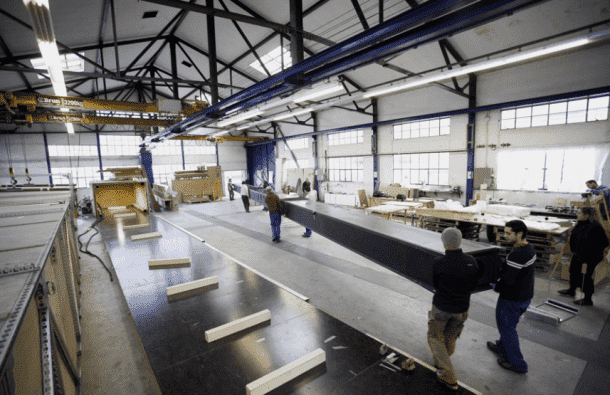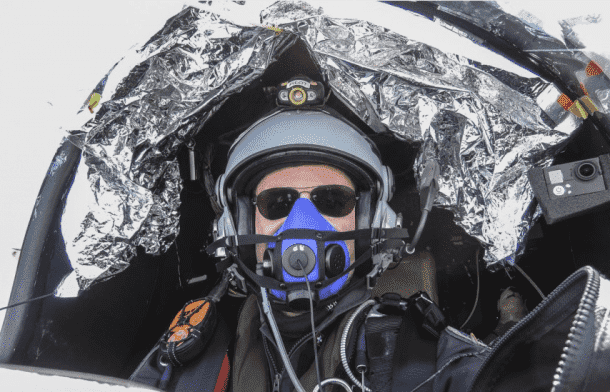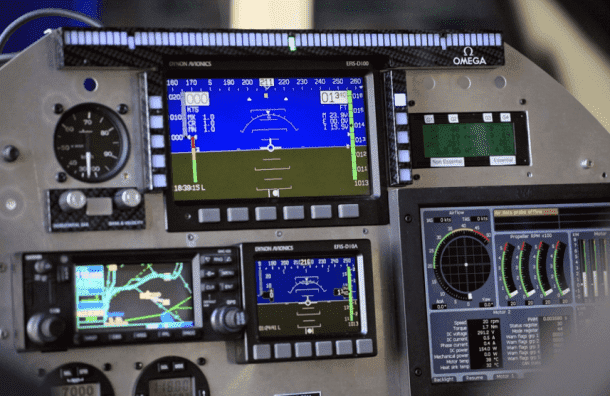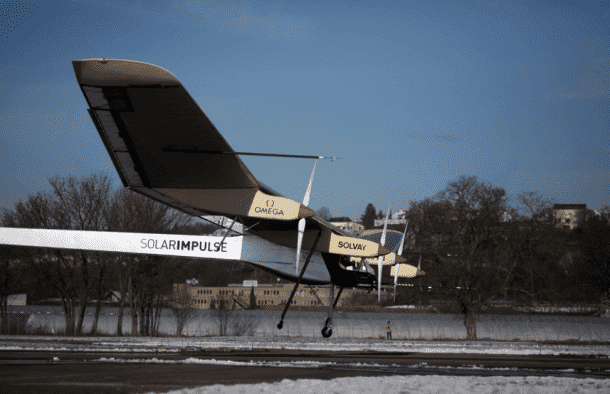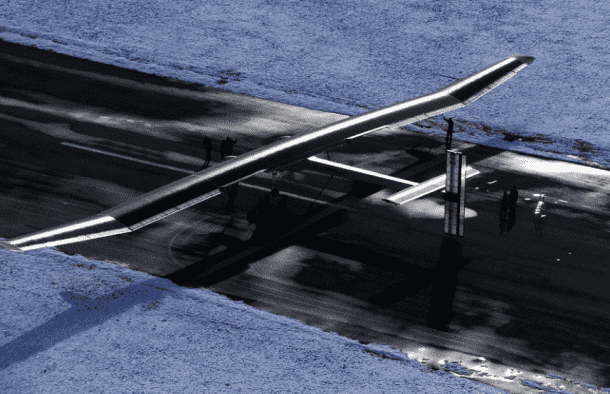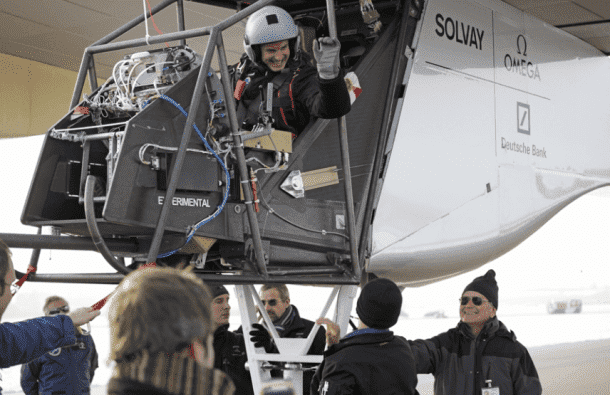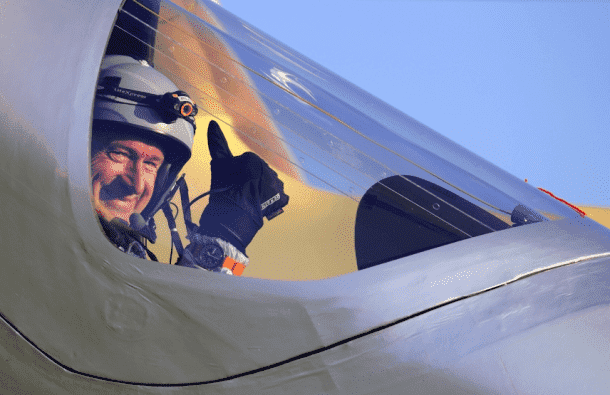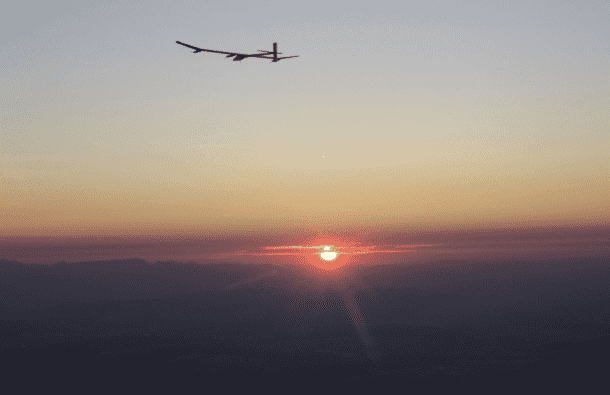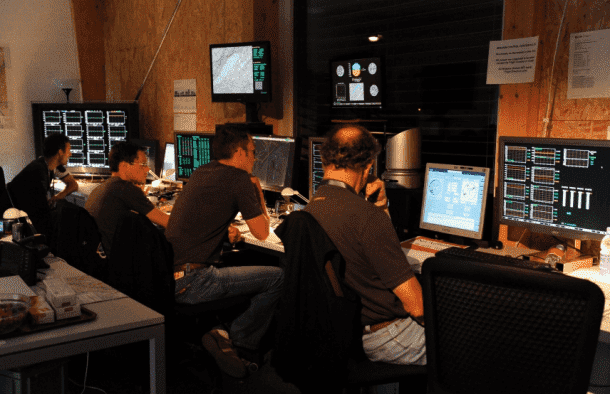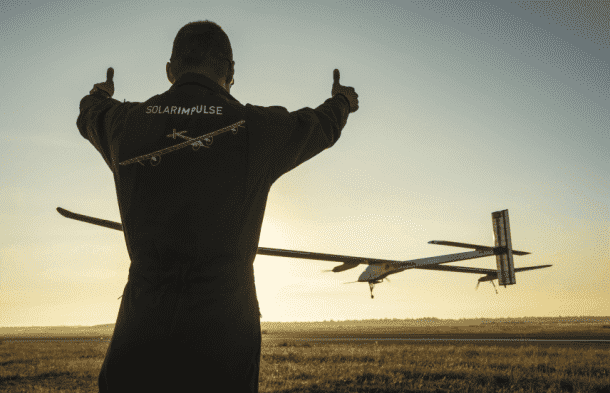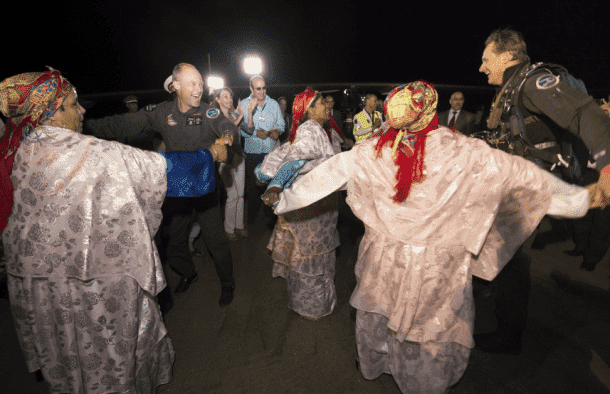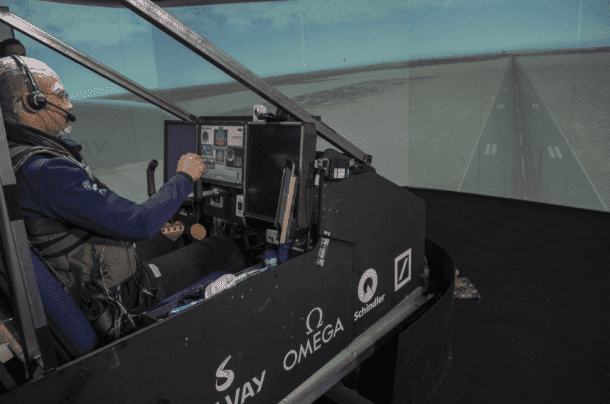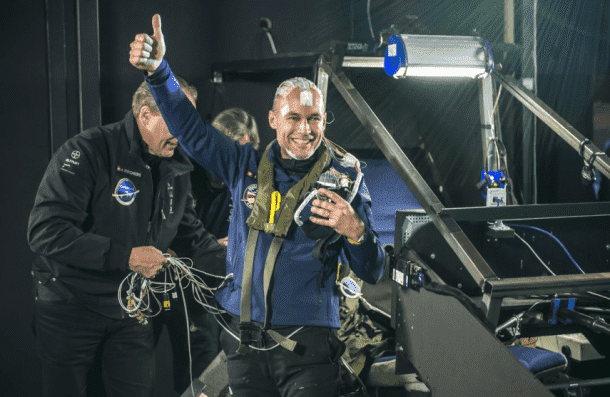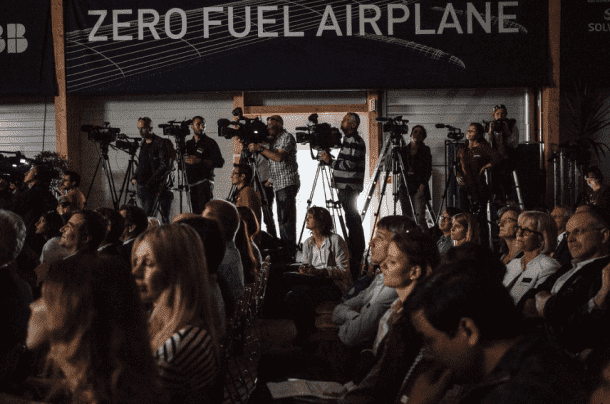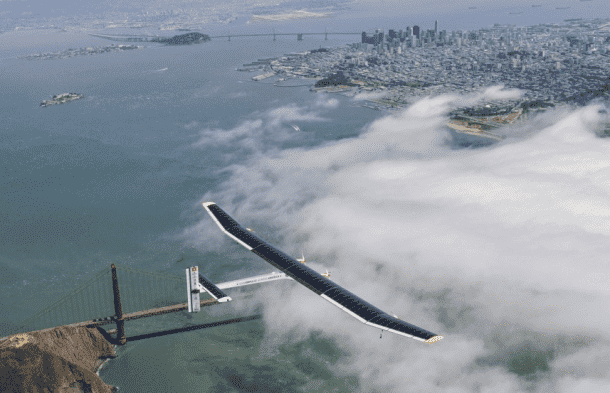The Swiss have unveiled a new airplane called Solar-Impulse and it is designed for long-range flying and it does that using the power of the sun only. The plane is geared up to fly around the globe in 2015.
The sun’s energy is harnessed via 17,248 solar cells, and for flying in the dark, these solar cells can store energy in the onboard batteries. In theory, the plane can stay in flight for as long as the pilot wants. The project was started by Bertrand Piccard, who co-piloted the a non-stop balloon flight around the world in 1999, and André Borschberg, a Swiss businessman. André Borschberg is also the leader of the team that develops the systems for the plane.
The plane’s design is unveiled to the public in 2007.
André Borschberg is a Swiss businessmans and co-founder of the project.
Bertrand Piccard is a Swiss psychiatrist and the other co-founder. He also co-piloted the first balloon to fly across the globe non-stop.
The wings were carried separately before being attached to the plane.
Solar-Impulse has an enormous wingspan of 236 feet.
For the sake of lightness and efficiency, the cockpit is made as small as possible.
A view of the cockpit’s instruments.
The first test flight in 2009 was at a height of three feet and for a distance of 1,200 feet.
The low height of the first flight was due to safety concerns.
The team was elated at the success of the short flight.
Proper test flights were carried afterwards in 2009.
The Solar-Impulse ground team is a great help to pilots.
This photo is from the fourth leg of the plane’s intercontinental flight. Rabat, Morocco.
After landing in Ouarzazate.
To prepare for the flight around the world, the pilots spend a lot of time in the simulator.
Piccard completed a three-day stretch in December 2013.
The real flight will take 20-25 days with pilots flying for 3-4 days at a time. All without using a single drop of fuel.
The flight around the world is set for 2015.


